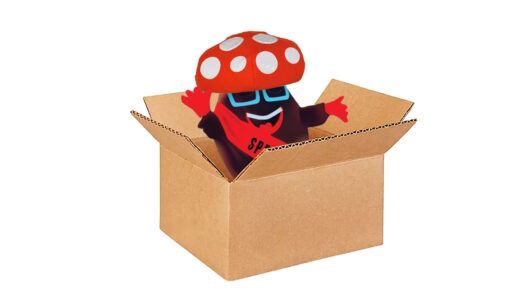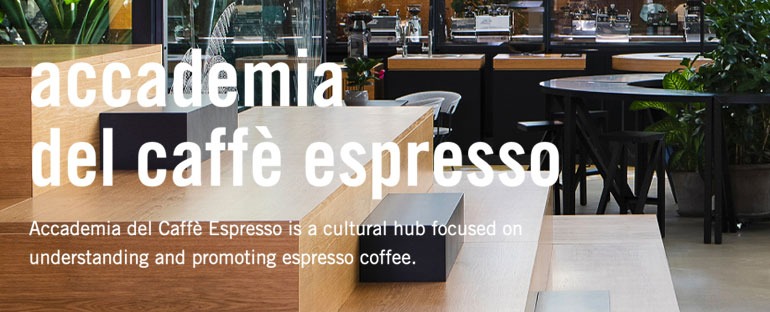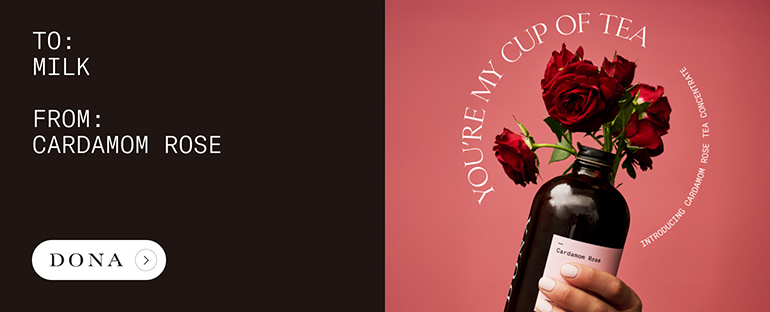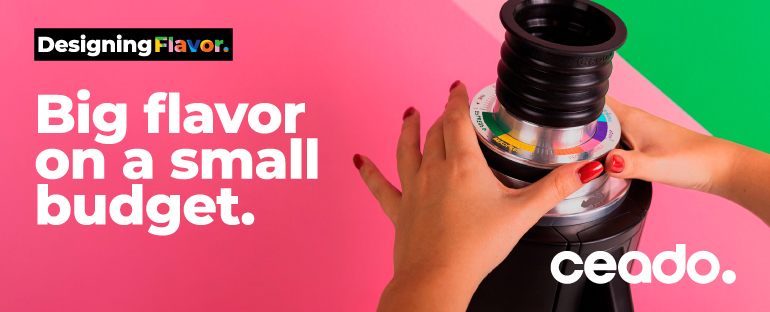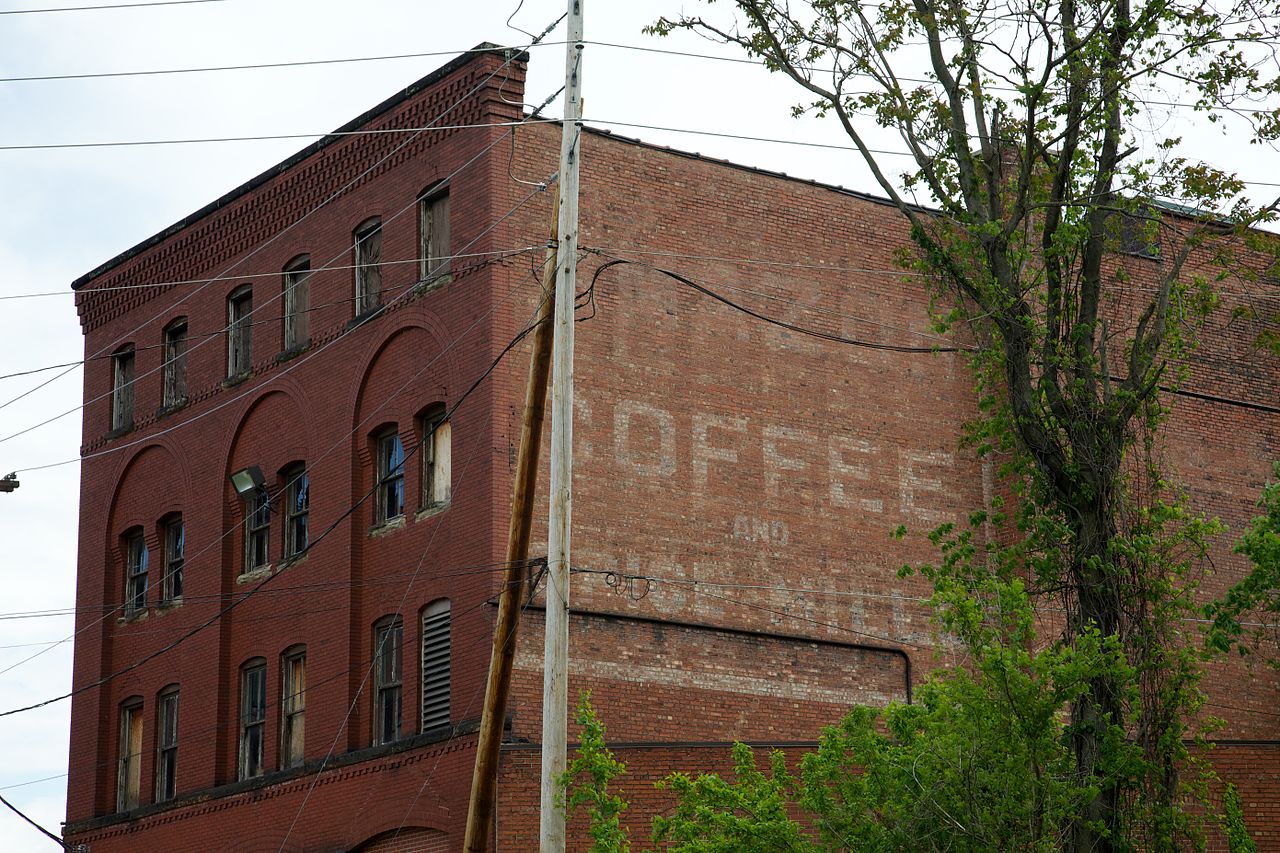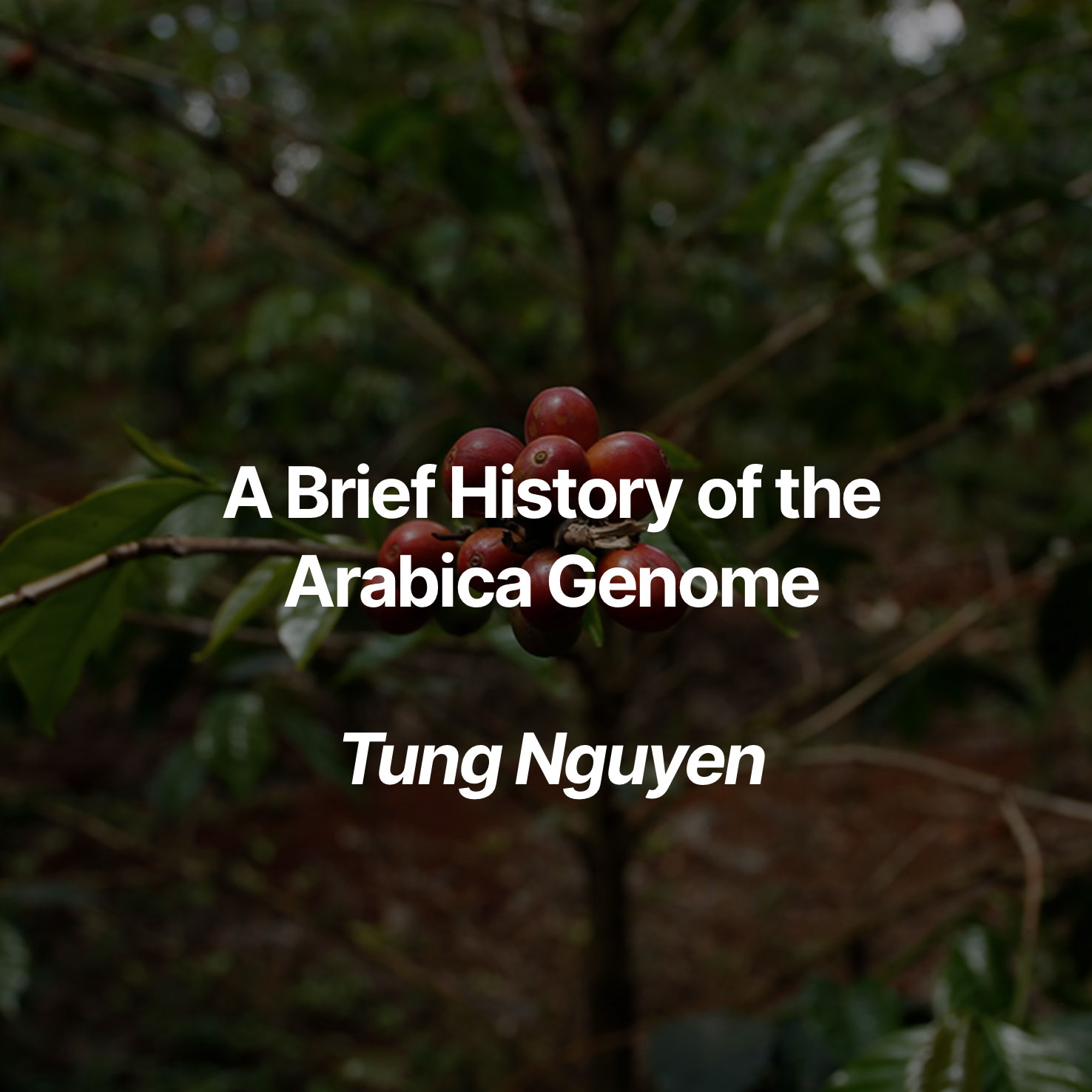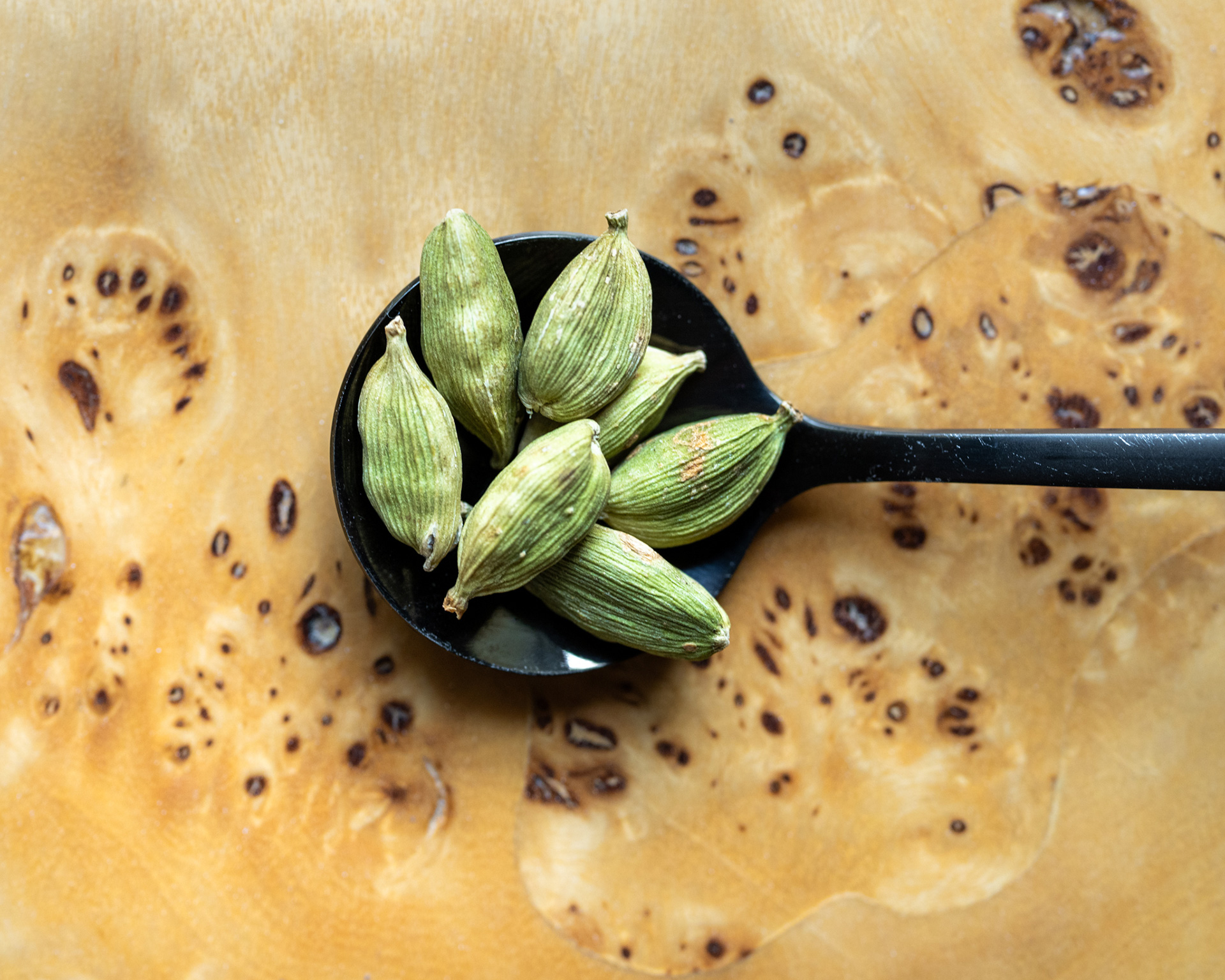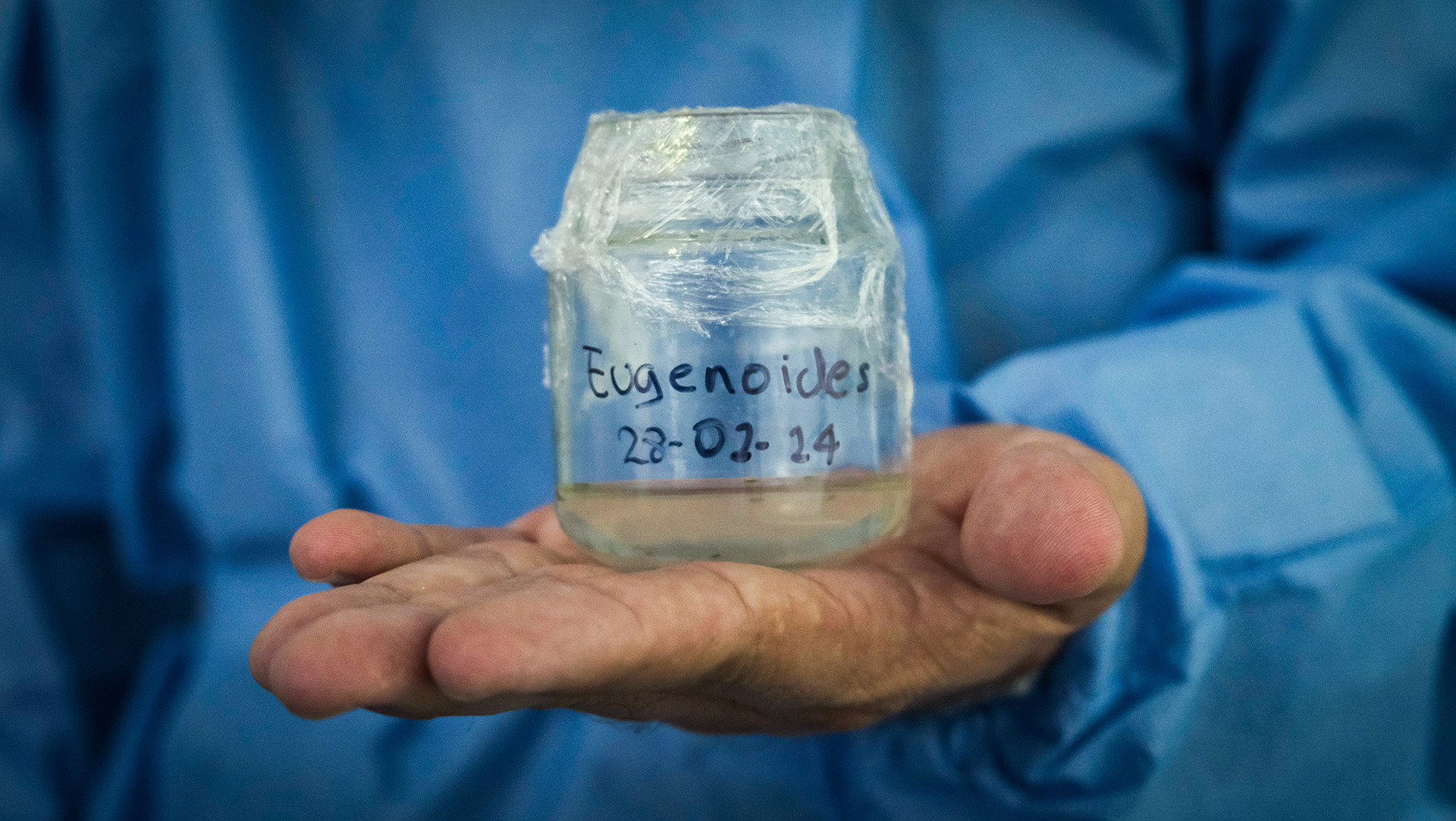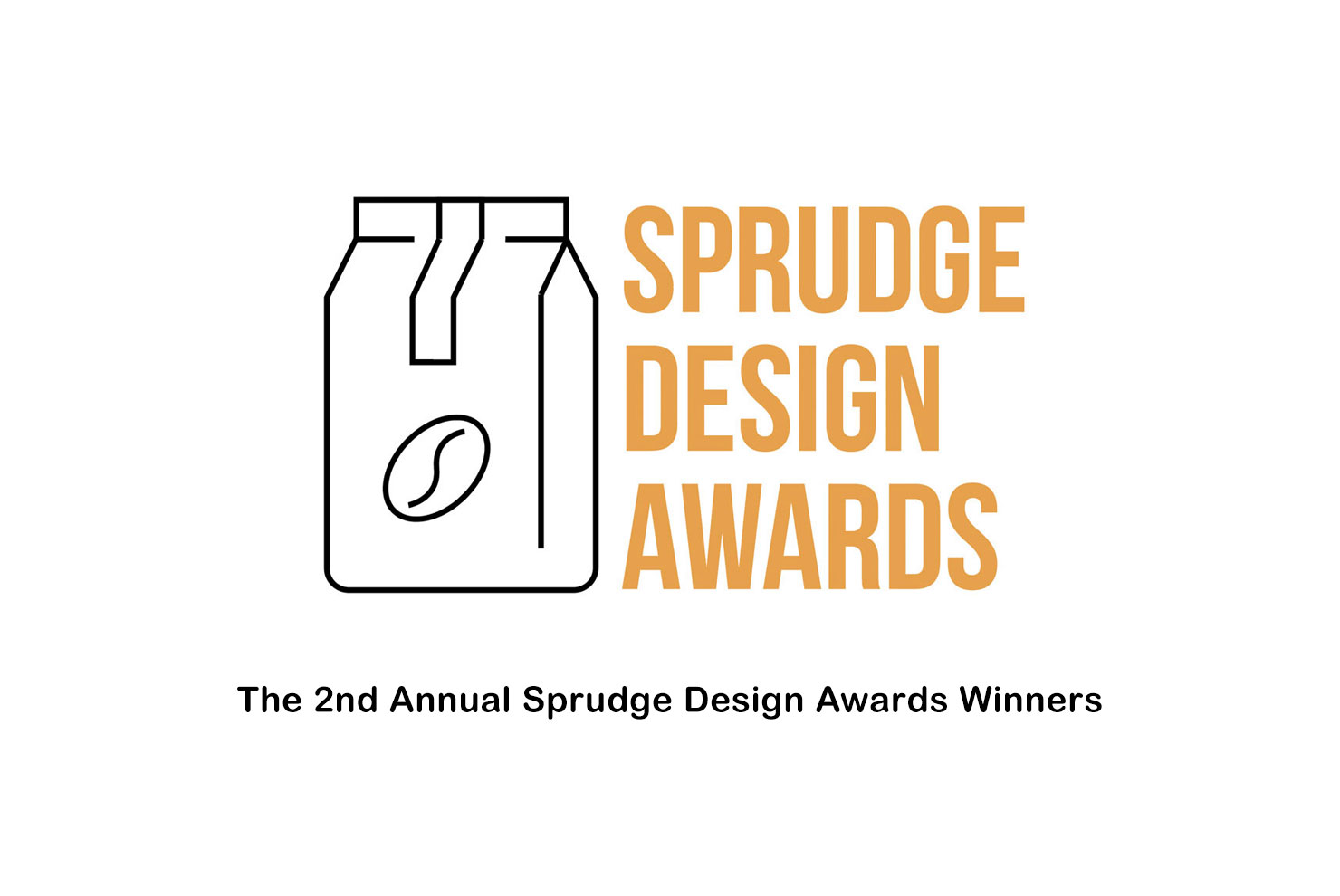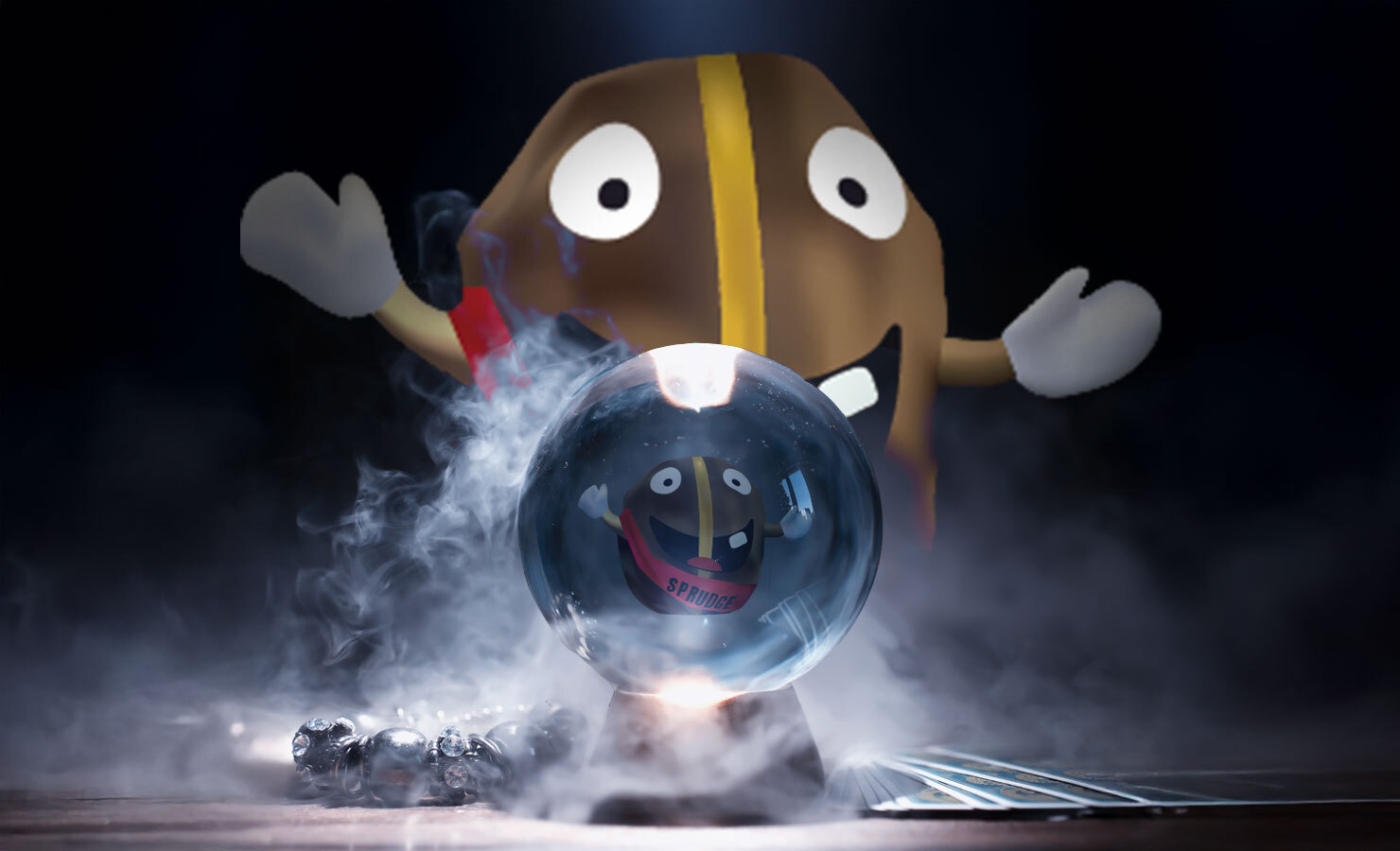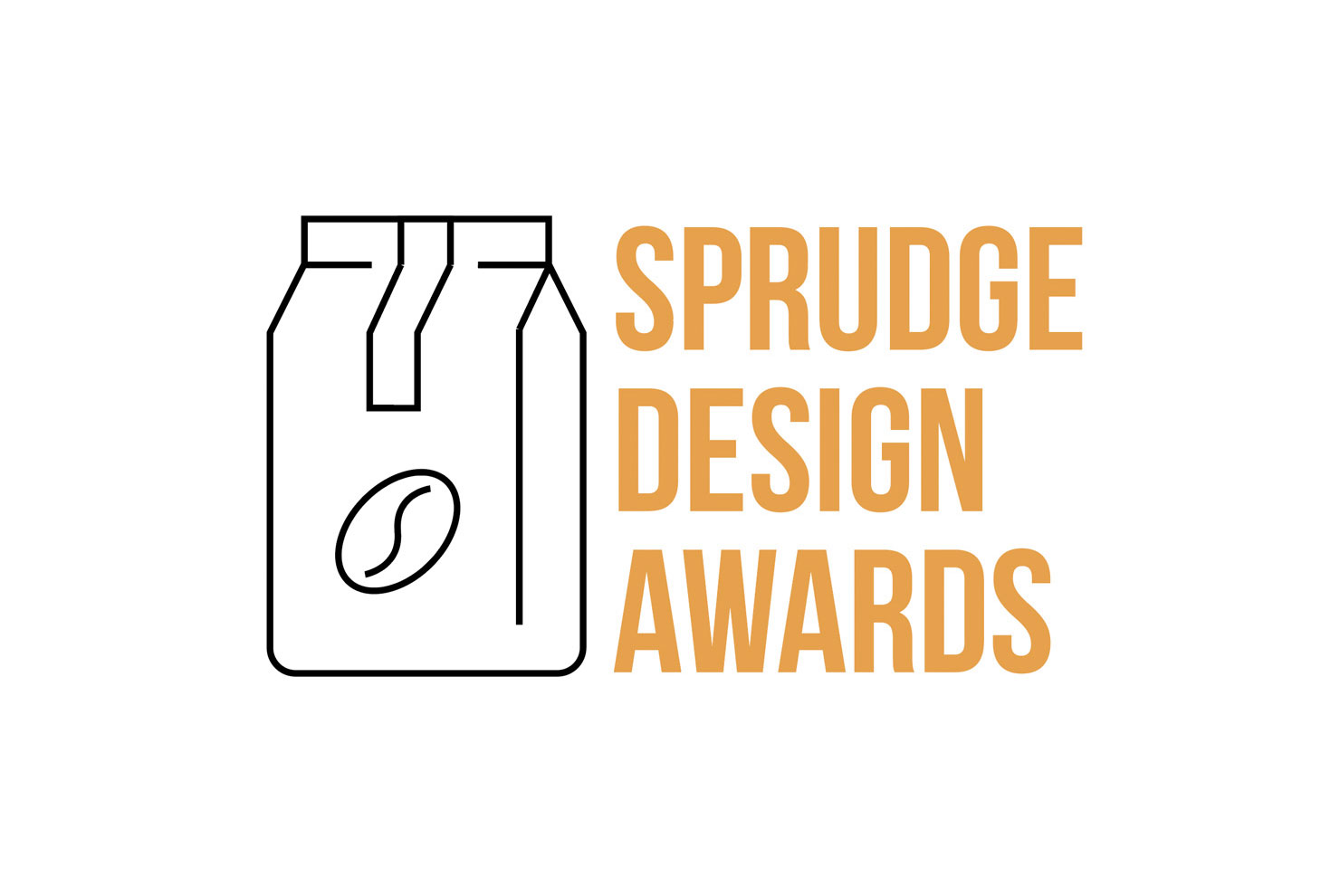THESIS
When media coverage of kopi luwak appears positive or even curious, it leads to increased interest from the reading public. This is a negative thing for several reasons.
ABSTRACT
1. Kopi luwak is not delicious.
2. Kopi luwak is a ridiculous, literally disgusting fad that retards the public valuation of specialty coffee – it is a gimmick, and a lousy tasting gimmick at that (see #1).
3. Civet cats are cruelly caged to produce almost all commercially available kopi luwak. Unlike the gavage practices that go into making foie gras, the end result of civet caging is neither delicious (see #1) nor applicable to the process of creating a delicious cup of coffee.
EDITORIAL
For years we’ve wished kopi luwak would simply go away, fade into obscurity, and be exposed for the sham it is. (Ed. note: we’re certainly not the first to rail against kopi luwak, and we recommend recent work on the subject from Andrew Hetzel and Lily Kubota.) This cruel, disgusting novelty process amounts to needless animal torture and presents no appreciable culinary benefit – its appeal is bound solely to ruse and ignorance. But fade away it hasn’t: Dean and Deluca (“purveyors of fine food, wine and kitchenware”) are now offering kopi luwak from Doi Chaang Coffee Co. at a $55 per 50 gram price point, Oliver Strand re-blogged recent coverage from Norimitsu Onishi in the NYT last April, Philippine kopi luwak production is on the rise and has grown to overtake caged production in Indonesia, your tax dollars are paying for this nightmare of civet content and horrendous syntax at PBS, and now Boing Boing (usually reputable Boing Boing!) is giving the years-old fad plenty of coverage on the site’s main page.
The Boing Boing feature posits itself as “critical analysis”, but save for the statement that kopi luwak “is totally not worth the price,” there’s hardly a critical thread in the article. The feature is mostly a rehash of regurgitated claims from the kopi luwak peddlers, namely that enzymes in the digestive tract of the palm civet digest proteins in the coffee:
“Proteins are part of what is responsible for the bitterness of coffee. Kopi Luwak beans have fewer whole proteins than normal beans.”
Which is to imply that when a civet cat poops out some beans, those beans are going to have fewer proteins –> and because proteins cause bitterness in coffee –> these poop beans will make for a less bitter cup of coffee. This conclusion is wrong and obviously total horseshit (or cat shit, if you’d rather), and now we’re going to tell you why.
THERE IS NO ONE MAGIC BULLET THAT MAKES COFFEE TASTE GREAT. Anytime you read a claim that says “X reduces bitterness in coffee,” recognize that this is fuzzy logic and call shenanigans immediately. Bitterness in coffee is not caused by any one thing, but rather, it can be caused by a whole multitude of things. The only way to “reduce bitterness” in prepared coffee is to cultivate it well, process it with care and attention, mill and sort it carefully, take precautions so that it doesn’t get compromised during shipment, store it well, roast it like you really give a damn, and don’t fuck up the preparation. If your coffee is too bitter, there is an error being committed during one or more of these steps; it is patently ridiculous to claim that any part of this process can be eased or mitigated by first passing unprocessed coffee cherries through a jungle cat’s butthole.
In fact, even if it were that simple – even if logic could bend, while cruel marketing nonsense held dominion over the truth – unroasted cherries that contain fewer proteins do not necessarily equate to a great cup of coffee. During the roasting process proteins denature at a high temperature, and the constituent amino acids react with other compounds (like sugars) to form browning compounds and aromatics. Read: Maillard reaction. We pleasantly associate these browning compounds and aromatics with delicious coffee, and without them, well…the results are displeasing.
While it might be “different,” kopi luwak generally has other faults, and roasters drawn to the novelty (and high price-point) of the stuff are likely going to dark-roast the hell out of it. We’ve tried it at Sprudgelabs SF, and our cupping notes included the words “moldy” and “musty” (see #1). Expert cupper and Sprudgie Award winner Stephen Vick had this to say on his kopi luwak experiences:
“On the cups that didn’t present defect I found very mild sweetness and acidity with some grassy, iodine notes and a pretty rough finish. One of four cups was moldy and another single cup showed phenol. I tasted band-aids, iodine, and oyster.”
It could be pooped out mid-flight by a soaring rainbow unicorn for all we care; why would anyone want to pay over $1 per gram for coffee that tastes like moldy band-aids? But shell out they do, to the tune of untold thousands. In fact, Kopi luwak has become so popular that now civet cats are caught in the wild, caged, and force-fed coffee cherries for harvest. This sucks no matter what, but the practice takes on a kind of foul post-modern ironic sheen when placed in its appropriate context (see #1, #2, #3, “Editorial”).
CLOSING ARGUMENT
Kopi luwak is the foie gras of coffee, if foie gras tasted like Alpo dog food and cost roughly the same as caviar.
It has literally no redeeming qualities, and worse, it harmfully associates “quality coffee that costs extra” with “poop novelty” in the public mind. The commercial harvesting of kopi luwak is a shameful, cruel fad, and people who care about coffee should be willing to stand together against it. It harms us, harms the cats, and harms the producers in SE Asia by locking them in economically with an unsustainable and exploitive fad. It also harms the consumer, someone who, let’s say, read about kopi luwak on Boing Boing and wants to know what the fuss is about – for Oh Consumer, you have been misled, and such delightful coffee could be yours for the very same $55 you are about to waste…
In 2012 Sprudge wants to spread the word: “LUWAK IS LU-WACK.” (Ed. note: we’re still working on the catchphrase.) This essay (and others like it online) are just the start, and for right now you can join this Facebook group and “Say No to Kopi Luwak” alongside us. Next year we’ll be asking for more of your help to educate against kopi luwak, so that never again will a barista, roaster, or coffee enthusiast be forced to answer that question, that awful stupid question, the one we all know so well:
“So have you heard of that umm…cat poop coffee?”
*Update for Monday, December 12th – Dean and Deluca have discontinued offering kopi luwak via their web store.













